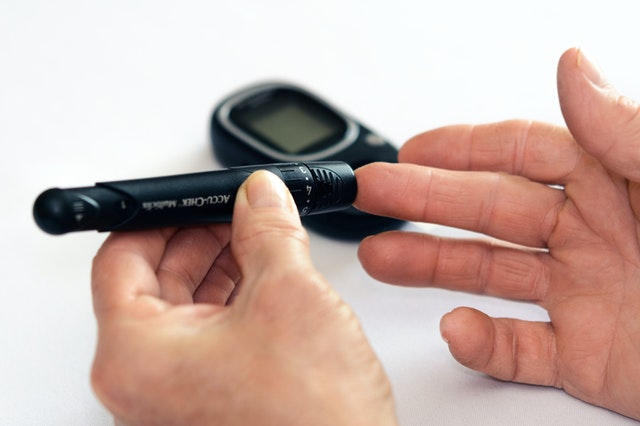Quick search
CTRL+K
Quick search
CTRL+K


Since 2010, the Global Law Experts annual awards have been celebrating excellence, innovation and performance across the legal communities from around the world.
posted 2 years ago
On 26 May 2021 EU Reg. 2017/745 became fully effective and applicable.
With this Regulation, many freely available software products now become medical devices or, if they already are, increase their risk class.
These aspects must be taken into account in Merge & Acquisition transactions because they could have a significant impact on the value of the company (e.g. start-ups).
Let’s take a closer look at the legal framework.
The MDR has broadened the notion of ‘accessory’ (Art. 1(2)). (art. 1 lett. 2): as a consequence, many software used in healthcare will now have to be included in the scope of application of the MDR.
According to the new classification rule 11 (Annex VII), SAMDs (which today are mostly placed in Class I) will for the most part enter classes IIa, IIb and III, with the consequent necessary certification to be issued by a Notified Body (on this point, see MDCG 2019-11 Guidance on Qualification and Classification of Software in Regulation (EU) 2017/745).
Art. 120 then allows medical devices qualified in class I under the MDD but destined to pass to higher classes with the MDR (e.g. software or substance-based products) to continue to be placed on the market until 26 May 2024, provided that the Declaration of Conformity was drawn up before 26 May 2021 and that no ‘significant changes’ are made.
This provision has generally led to a “rush” to CE marking in class I before 16 May 2021, with the intention of gradually moving to MDR by 2024.
The subject of ‘significant changes’ is, however, very tricky.
The Mdcg 2020-3 Guidance on significant changes regarding the transitional provision under Article 120 of the Mdr with regard to devices covered by certificates according to Mdd or Aimdd, has established that the following cases are to be considered “significant changes” for a software program:
Considering the industry and the demands that come in, it cannot be excluded that the manufacturer might be “obliged” to make changes that could be considered ‘significant’ before 2024.
In this case the SAMD would increase in Class and a Notified Body would need to be involved. Why should these elements be taken into account in M&A?
Imagine this situation:
A start-up (Company A) drew up a Declaration of Conformity ex MDD before 26 May 2021 and decided not to make any “significant changes” until 2024: it then placed itself up for sale, thus measuring its economic and market value with a commercial perspective up to 2024.
The acquiring company (B) buys the startup, expecting to be legally compliant until that date. However, as this market sector is very fast, there is an increased pressure for changes/improvements to the software.
If this happens, the acquiring company will face serious difficulties as it cannot “take over” the Declaration of Conformity drawn up by company A under the MDD because it is a self-declaration of company A, and it cannot issue its own Declaration of Conformity in Class I, since the date of 26 May 2021 has already passed.
In order to continue commercialization, company B must issue a Declaration under the MDR, thus involving a Notified Body.
Currently, it takes more than a year and a substantial amount of money to CE mark a SAMD under the MDR.
Therefore, when purchasing a start-up, companies should make sure to conduct a thorough due diligence on medical device certifications.
Author


There are no results matching your search.
Resetposted 17 hours ago
posted 17 hours ago
posted 17 hours ago
posted 17 hours ago
posted 17 hours ago
posted 2 days ago
posted 2 days ago
posted 3 days ago
posted 3 days ago
posted 3 days ago
There are no results matching your search.
ResetFind the right Legal Expert for your business
Sign up for the latest legal briefings and news within Global Law Experts’ community, as well as a whole host of features, editorial and conference updates direct to your email inbox.
Naturally you can unsubscribe at any time.
Global Law Experts is dedicated to providing exceptional legal services to clients around the world. With a vast network of highly skilled and experienced lawyers, we are committed to delivering innovative and tailored solutions to meet the diverse needs of our clients in various jurisdictions.